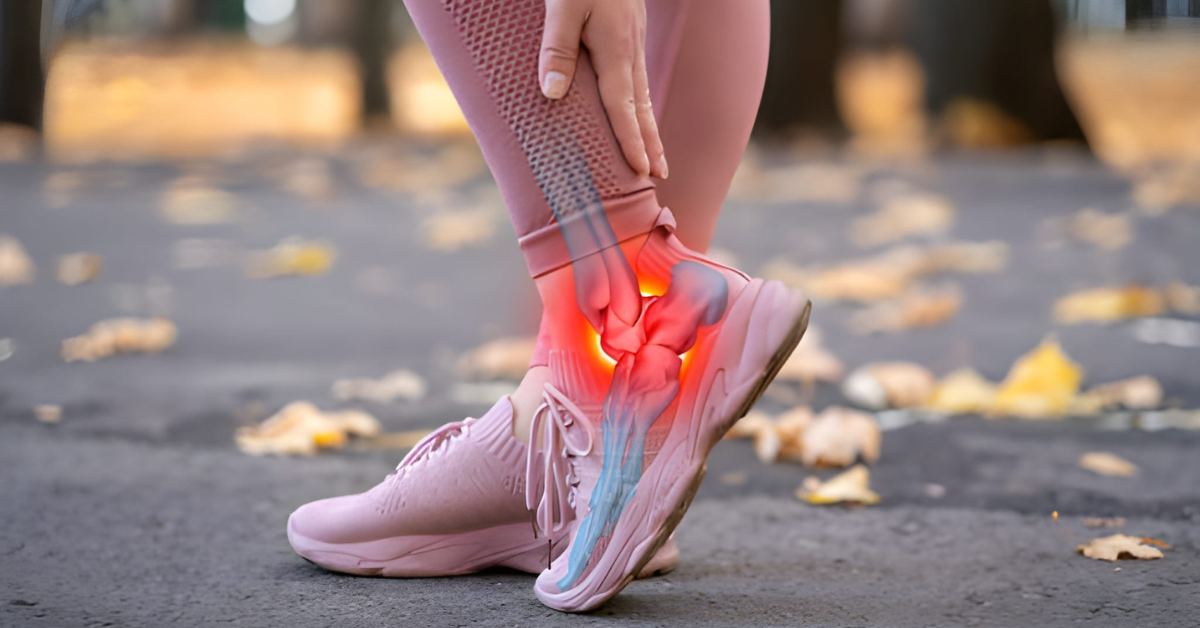Introduction
If you’re a runner, few things are more frustrating than sharp heel pain that flares up during or after a workout. One of the most common causes of heel pain in athletes is plantar fasciitis; a condition that affects millions of people each year, from casual joggers to elite marathon runners.
At Sole Foot and Ankle in Valparaiso, Dr. Haroon Minhas not only treats plantar fasciitis but also understands it from a runner’s perspective. As a marathon runner himself, Dr. Minhas knows how this condition can disrupt training, sideline race plans, and impact everyday movement. In this guide, he shares both medical expertise and runner-tested strategies to help you stay on your feet.
Key Takeaways
- Plantar fasciitis is the most common cause of heel pain in runners.
- Risk factors include overtraining, improper footwear, tight calves, and foot structure.
- Treatment includes stretching, supportive shoes, orthotics, physical therapy, and sometimes advanced medical care.
- Prevention strategies; like smart training and proper warm-ups; can make a big difference.
- With the right care, most runners recover and return to training pain-free.
What Is Plantar Fasciitis?
Plantar fasciitis is inflammation of the plantar fascia, the thick band of tissue that runs along the bottom of your foot and connects your heel bone to your toes. When the fascia is overstressed or overstretched, it can develop tiny tears that lead to pain and stiffness; especially in the heel.
Runners often describe the pain as a stabbing sensation, most noticeable in the morning when taking the first steps out of bed or after long runs.
Symptoms of Plantar Fasciitis
The condition usually presents with:
- Sharp heel pain, especially after rest or sleep
- Pain that eases during activity but returns afterward
- Tenderness in the arch or heel area
- Tightness in the calves or Achilles tendon
If left untreated, plantar fasciitis can become chronic and much harder to manage.
What Causes Plantar Fasciitis in Runners?
According to Dr. Minhas, the biggest triggers for runners include:
- Overtraining: Increasing mileage or intensity too quickly.
- Improper footwear: Worn-out or unsupportive running shoes.
- Flat feet or high arches: Both foot types can strain the fascia.
- Tight calves and Achilles tendons: Reduce flexibility and increase heel stress.
- Running surface changes: Going from treadmill to pavement without adjustment.
How Is Plantar Fasciitis Diagnosed?
A podiatrist in Valparaiso like Dr. Minhas will evaluate heel pain through:
- Medical history and physical exam
- Palpation of the heel and arch
- Gait analysis to check running mechanics
- Imaging (X-ray or ultrasound) if needed to rule out other causes such as stress fractures
Treatment Options for Plantar Fasciitis
Treatment varies depending on severity, but often includes a combination of home care and professional treatment:
- Rest and activity modification: Reduce mileage or switch to low-impact exercises.
- Stretching and strengthening: Regular calf stretches, towel stretches, and foot exercises.
- Supportive footwear: Well-cushioned shoes and sometimes night splints.
- Custom orthotics: Tailored inserts from a foot doctor in Valparaiso to support arches and reduce strain.
- Physical therapy: Targeted strengthening and mobility work.
- Advanced options: Cortisone injections, shockwave therapy, or surgery in rare cases.
How Runners Can Prevent Plantar Fasciitis
Prevention is key; especially for long-distance runners. Tips from Dr. Minhas’s own training include:
- Warm up properly: Start each run with dynamic stretches, not just static holds.
- Invest in good shoes: Replace running shoes every 300–500 miles.
- Cross-train: Mix running with cycling or swimming to avoid repetitive strain.
- Stretch daily: Focus on calves, Achilles, and plantar fascia stretches.
- Listen to your body: Heel pain is a warning sign, not something to push through.
Outlook for Runners with Plantar Fasciitis
With early treatment, most runners recover within a few weeks to months. Many return to full training without recurring pain. The key is not ignoring heel pain and getting proper care from a podiatrist near you.
A Note from Sole Foot and Ankle
Heel pain doesn’t have to stop your running journey. At Sole Foot and Ankle Valparaiso, Dr. Haroon Minhas combines advanced medical treatment with real-world runner’s experience to help patients recover and return to the activities they love. Whether you’re training for a marathon or just trying to enjoy pain-free walks, we’re here to help.
Ready to put heel pain behind you? Schedule an appointment with our podiatrist in Valparaiso today and take the first step toward lasting relief.



